BoC Senior Deputy Governor Carolyn Wilkins reiterated the central bank’s view that ” the slowdown in late 2018 and early 2019 was temporary.” However, “global trade risks have increased”. Thus, the current accommodation provided by BoC remains “appropriate”. And upcoming rate decisions will remain data dependent, with attention to “household spending, oil markets and the global trade environment.”
She described trade war as the “wild card” on global and domestic outlook. “How costly are trade wars for the global economy? In April, we said tariffs over the past two years and trade policy uncertainty would chop 0.4 per cent from global GDP by the end of 2021—that’s about US$350 billion. While this can only be a rough estimate, we know it matters more for trade-dependent economies like Canada’s.”
Wilkins noted the positive development that US has dropped steel and aluminum tariffs recently, increasing chance of ratification of USMCA. But “other developments are discouraging”, with US and China escalated their dispute and Canada “caught in the crossfire”. She also noted the “potential for more friction between the United States and European Union.”
She warned “if the disputes were to worsen and become long lasting, the outlook would be quite different. Not only would we see weaker economic demand, but the supply side of the economy would also take a hit as companies deal with disruptions to their supply chains. Obviously, this remains a major preoccupation for us.”
Wilkin’s full speech here.




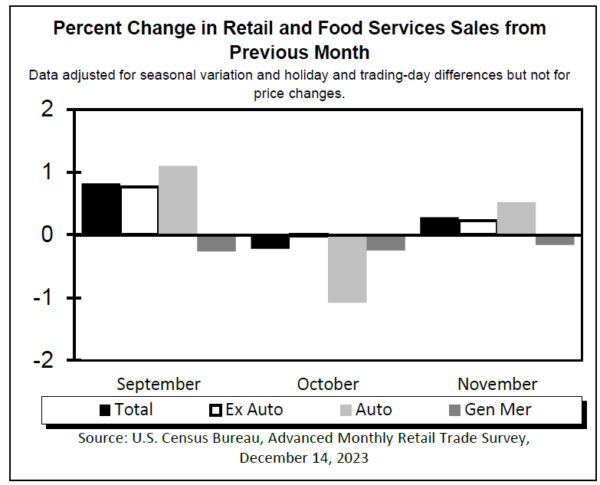
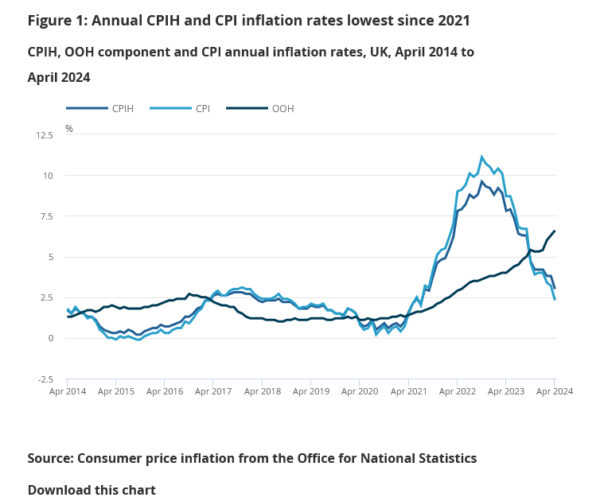
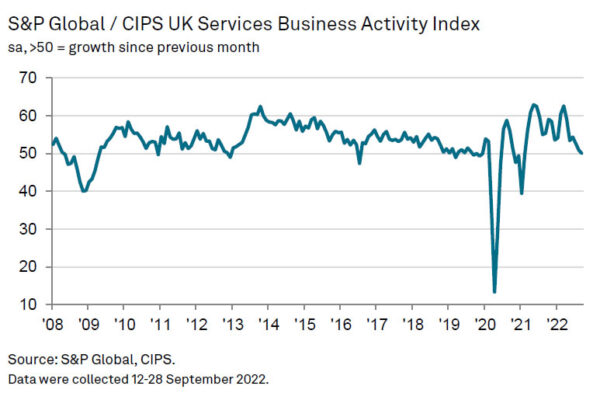
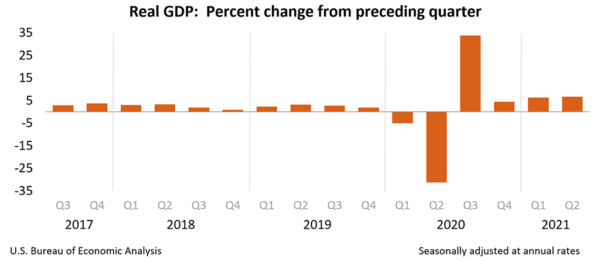
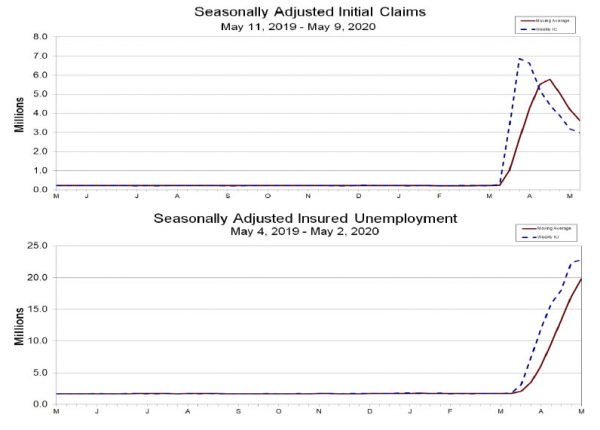
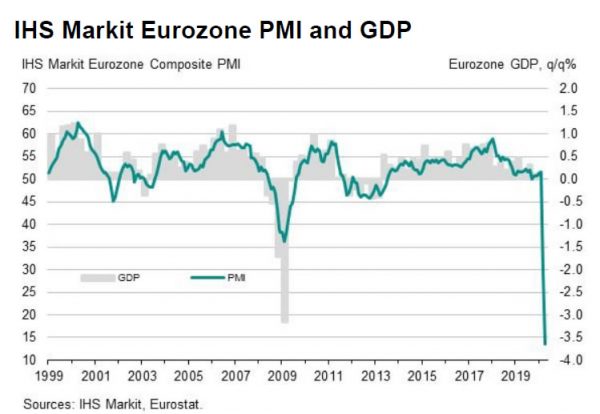
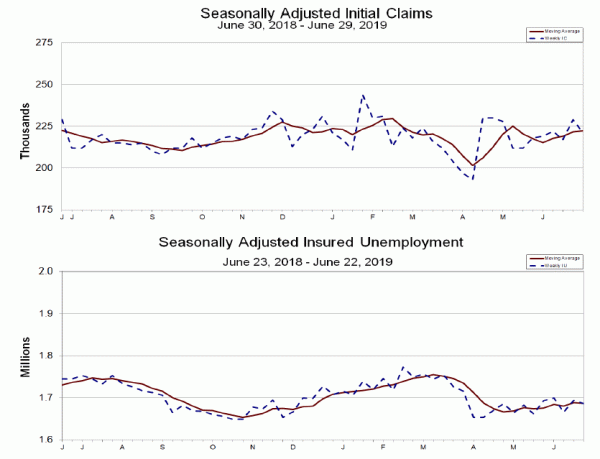
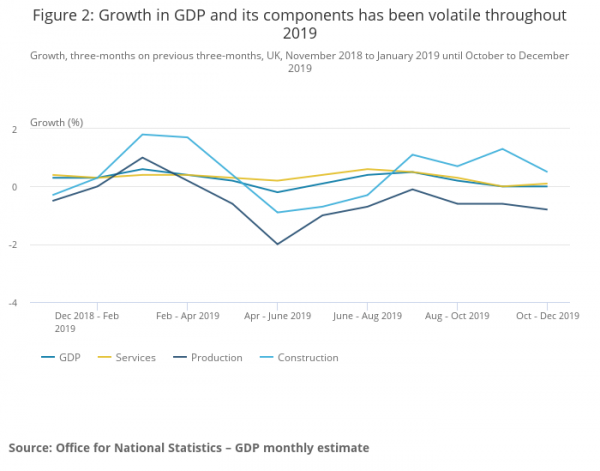
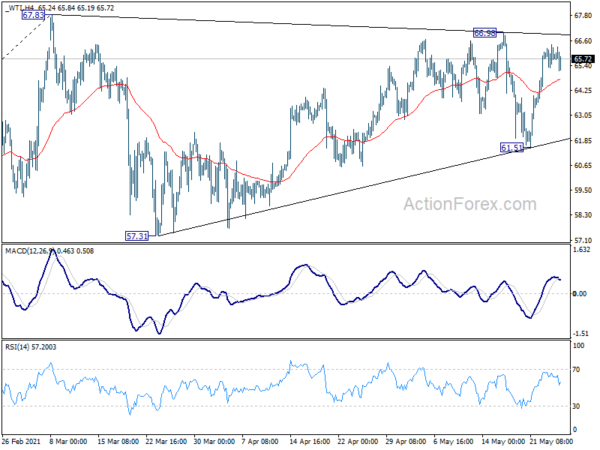
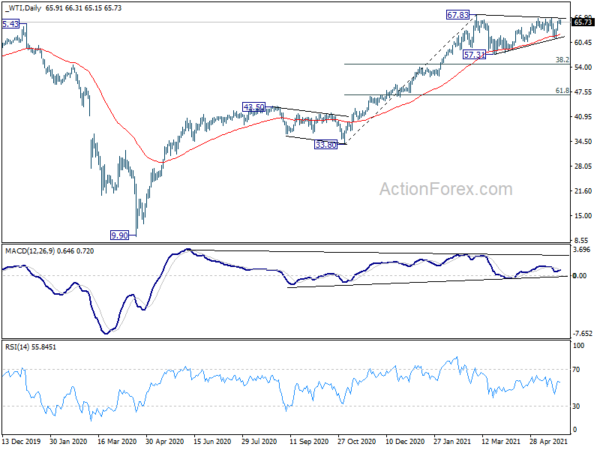
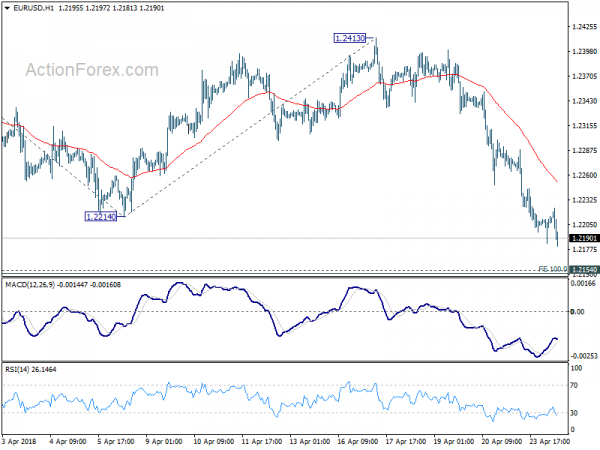
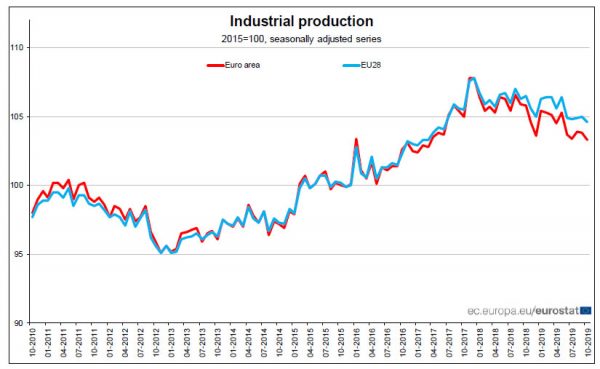
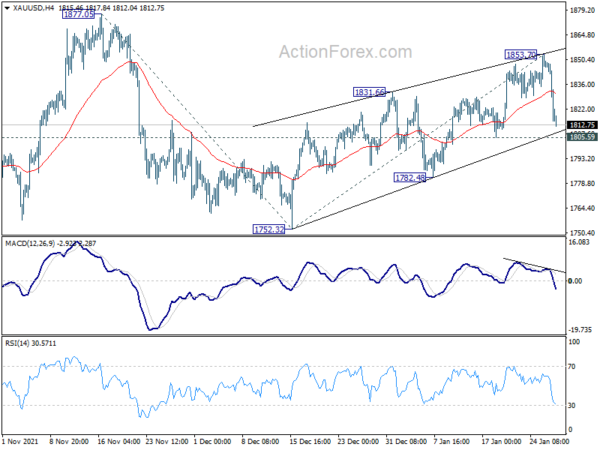
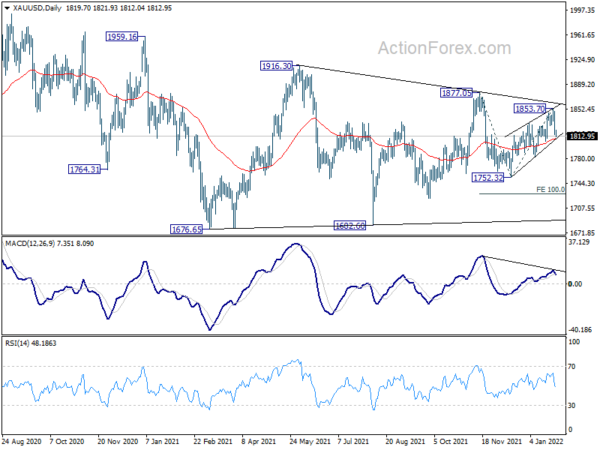

Fed Daly: It’s time to tighten policy in the US
San Francisco Fed President Mary Daly said in a virtual event yesterday, “even though we have these uncertainties around Ukraine, and we have the uncertainties around the pandemic, it’s still time to tighten policy in the United States.”
“Inflation has persisted for long enough that people are starting to wonder how long it will persist,” she said. “I’m already focused on let’s make sure this doesn’t get embedded and we see those longer-term inflation expectations drift up.”
“In addition to pushing up wage inflation, which could ultimately push up price inflation, putting us in sort of a vicious cycle,” she said, “it’s just not a very sustainable way to manage the economy.”